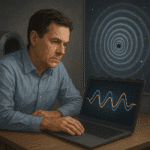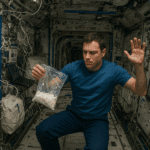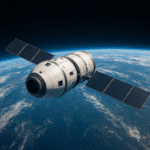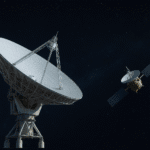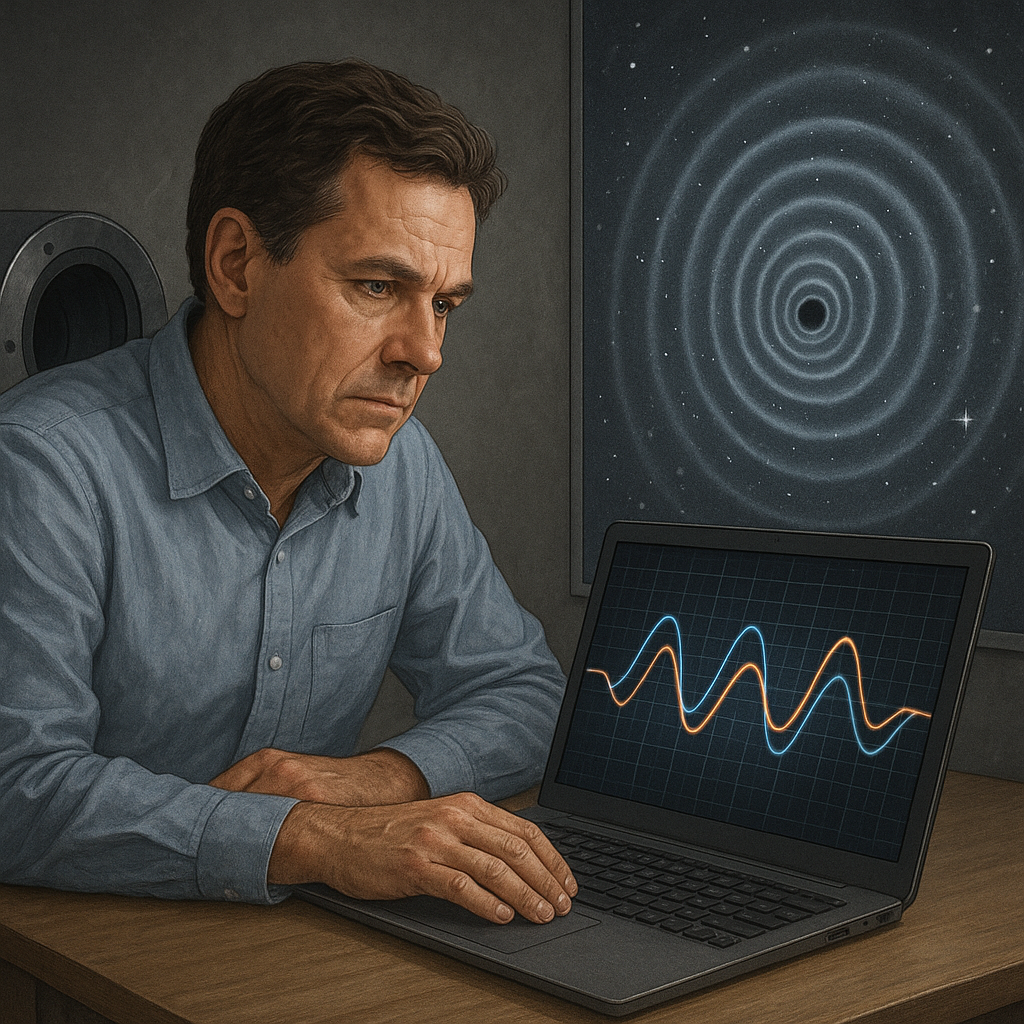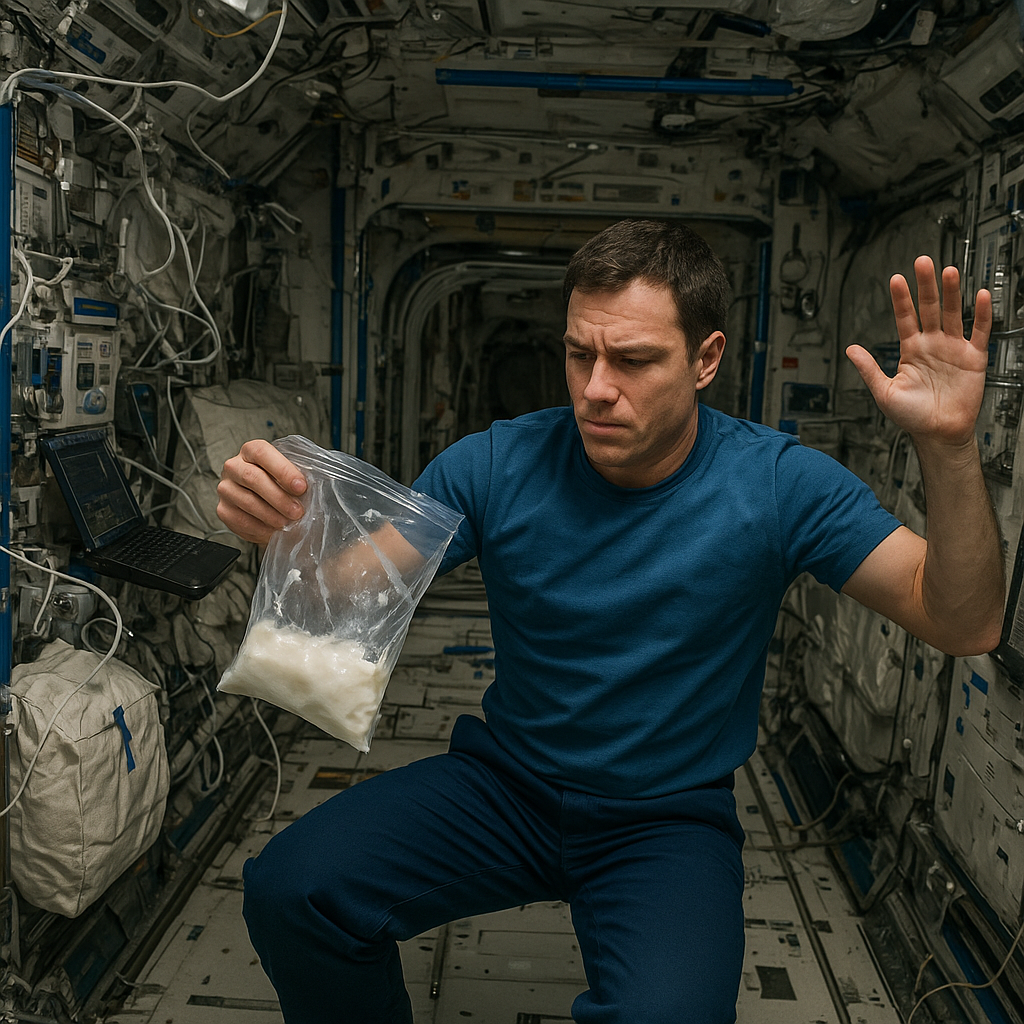Spaceflight exposes the human body to conditions radically different from Earth’s surface. In the weightless environment aboard spacecraft, the absence of microgravity triggers a cascade of adaptations and challenges for astronauts. Understanding these effects is crucial for designing safe missions, from short-duration trips to long-term journeys to Mars. This article explores how the lack of gravitational force influences various physiological systems and reviews the strategies developed to mitigate health risks.
Physiological Alterations in the Weightless Environment
In orbit, the human body no longer experiences the familiar downward pull, leading to rapid changes in fluid distribution and organ function. Within hours, bodily fluids shift toward the head, causing facial puffiness and congestion. The heart works under novel conditions as blood volume and pressure adjust to a new equilibrium. Over days, structural changes in blood vessels and the heart muscle itself can emerge, affecting overall cardiovascular performance.
Prolonged exposure to microgravity also affects cellular processes. Muscle fibers begin to lose contractile proteins when mechanical loading is reduced. Similarly, bones succumb to accelerated mineral loss, a process akin to rapid-onset osteoporosis. Research aboard space stations has documented declines in bone density of up to 1% per month, particularly in weight-bearing regions like the spine and hips.
Musculoskeletal System and Bone Health
On Earth, bones and muscles constantly resist gravitational forces, maintaining strength and structure. In space, this constant stimulus disappears. Astronauts experience muscle atrophy especially in the lower back, legs, and calf muscles. Without targeted exercise, lean muscle mass can decrease by 20% on missions lasting several months. Weight-bearing bones similarly lose mass, increasing fracture risk upon return to gravity.
- Bone density declines are most pronounced in trabecular bone, where microarchitectural deterioration undermines strength.
- Key muscle groups—quadriceps, hamstrings, and calf muscles—undergo fiber-type shifts, reducing endurance and power.
- Spinal elongation occurs due to unloading of vertebrae, sometimes resulting in increased height but also back pain.
These changes underscore the importance of rigorous in-flight exercise protocols. Resistance and vibration platforms, combined with aerobic workouts, aim to provide mechanical stress that counteracts deconditioning.
Cardiovascular Adjustments and Fluid Shifts
The redistribution of fluids toward the upper body triggers a series of cardiovascular responses. Initially, increased central blood volume leads to diuresis, as the kidneys eliminate excess fluid, reducing total plasma volume. This adaptation, while necessary, can predispose astronauts to orthostatic intolerance—difficulty standing upright—upon return to Earth’s gravity.
Altered hemodynamics in microgravity can also impact heart structure. Studies have observed slight changes in ventricular size and shape, although overall cardiac output remains fairly stable in flight. Nevertheless, the transition back to 1g stresses the circulatory system, sometimes resulting in fainting or dizziness during re-entry and the first days post-mission.
Understanding these fluid and cardiovascular dynamics is vital for developing inflight and post-flight rehabilitation programs that restore normal blood pressure regulation.
Neurovestibular and Sensorimotor Adaptations
Without gravity to anchor our sense of orientation, the inner ear’s vestibular apparatus receives ambiguous signals. Astronauts frequently report space motion sickness during the first few days in orbit, characterized by nausea, disorientation, and dizziness. Over time, the brain recalibrates sensorimotor pathways, reducing symptoms as adaptation occurs.
Upon return, the reverse process begins. Reacclimating to Earth’s gravity can involve unsteady gait, balance disorders, and blurred vision during head movements. These effects highlight the intricate relationship between gravity and neural processing of spatial cues.
Research into virtual reality training and pharmacological interventions aims to accelerate adaptation and minimize performance decrements during critical mission phases.
Radiation Exposure and Long-Term Health Risks
In addition to gravitational challenges, space travelers encounter elevated levels of cosmic radiation. This exposure poses risks for DNA damage, cataract formation, and possible carcinogenesis. While Earth’s magnetosphere deflects much of the radiation from deep space, missions beyond low Earth orbit lack such protection.
Combined with gravitational stressors, radiation can exacerbate oxidative damage, impacting bone marrow and immune function. Long-duration missions to the Moon or Mars will require robust shielding solutions and pharmacological countermeasures to safeguard crew health.
Countermeasures and Future Directions
A comprehensive suite of countermeasures helps maintain astronaut resilience in the face of microgravity’s challenges. Advanced exercise devices, nutritional protocols rich in calcium and vitamin D, and pharmaceutical agents like bisphosphonates work in concert to minimize musculoskeletal deterioration.
Emerging technologies include artificial gravity habitats, where centrifugal force mimics Earth’s pull, preserving physiology without intense exercise. Ongoing research into genetic and molecular pathways may yield targeted therapies to bolster bone and muscle preservation. Additionally, telemedicine and remote monitoring ensure timely intervention for health anomalies during extended missions.
As humanity prepares for interplanetary travel, the lessons learned about gravity’s role in shaping our biology will be essential. By integrating multidisciplinary research, engineers and physicians aim to create an environment where astronauts can thrive, ensuring the success of exploration beyond our home planet.
